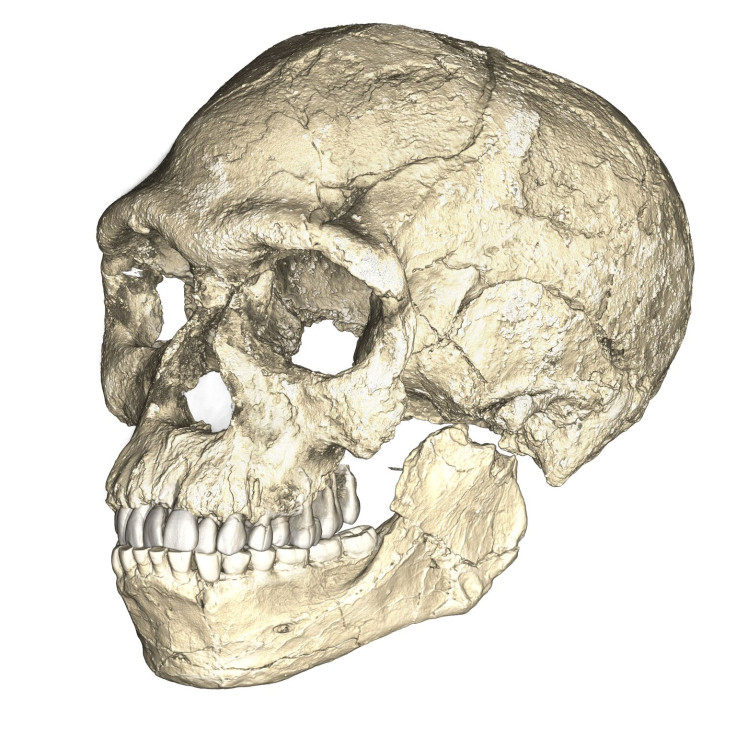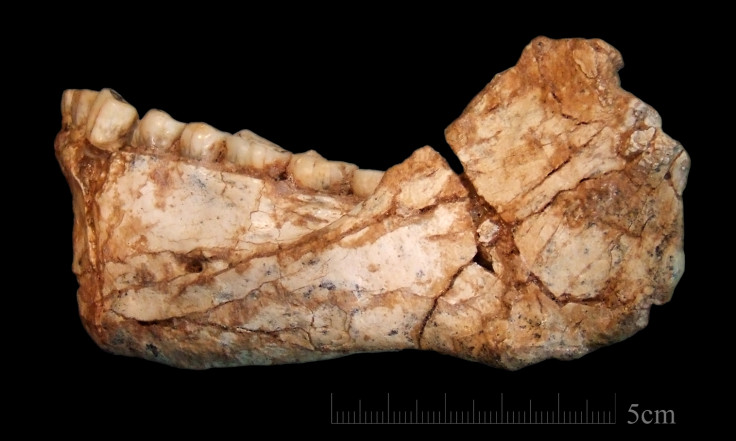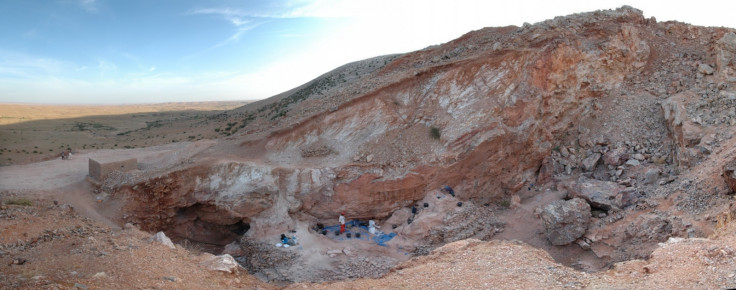In depth: Overturning what we thought we knew about the dawn of the human species
The earliest ever Homo sapiens has been discovered in Morocco - here's what it tells us about our origins.
Take a moment to look at the people around you. All sorts – different shapes, sizes, colours – this is the wonderful mix that makes up modern humans. All of us are part of the same biological species defined by a skeletal anatomy that is variable, but essentially the same – all the same bones in all the same places. This is the anatomically modern Homo sapiens.
But did you ever wonder how long it took for us to look this way? It may surprise you to know that this modern anatomy of ours is only 200,000 years old – a miniscule drop in the ocean of evolutionary time. Obviously we evolved from earlier species of Homo, but anthropologists have always puzzled over whether our particular body pattern emerged quickly around this time, or more slowly. The oldest modern human skulls yet found are from Omo Kibish, Ethiopia, and are dated to 195,000 years ago.
The new results from Jebel Irhoud in Morocco may be an important piece of this puzzle. Old discoveries from the 1960s uncovered two skulls, one of which had a very modern looking face, but the cranium and back of the skull looked more primitive, similar to more ancient species like Homo rhodesiensis, known as the hand-axe maker.
Many researchers began to talk of 'transitionals', species which showed a mosaic of advanced and primitive features. The Jebel Irhoud skulls were a good candidate. But there were concerns. The site was difficult to date. Some dates put them at 200,000 years ago, others at 160,000 years ago – both very late for a species supposedly changing into modern humans. Maybe the change was quick, or it took place at different rates in different places? The debates raged on.
Now, Jean-Jaques Hublin and a team of international researchers may have part of the answer. They publish their finds in the journal Nature. They have found new skeletal remains at the Jebel Irhoud site, and believe the new discoveries come from the same layer as the older discoveries. These new finds have been recovered under carefully controlled conditions, which has allowed a detailed dating programme to be carried out.
Read more: Origin of Homo sapiens: First modern humans evolved 100,000 years earlier than we thought
The first surprise is the age. The remains are 100,000 years older than anyone thought humans originated, with an average age of 315,000 years ago. The second surprise comes from comparing the older remains with the newer ones. The patterns are the same. This means the Jebel Irhoud remains reflect the variability in skeletons present in a real population.

The authors of the paper suggests that this all means they have found the earliest Homo sapiens yet discovered, and far older than previously guessed at. They cite an older discovery in Florisbad, South Africa, that is about 260,000 years old as being the similar and supporting their argument: modern humans are old, and they were widespread throughout Africa.
This is where some palaeoanthropologists might start to get twitchy. Are these really the oldest Homo sapiens, or has the 'transitional species' argument just been pushed back in time? The modern features on Jebel Irhoud are at the front of the skull – in fact the mid-face between the eyebrows and the upper jaw. It's flattish, and tucked under relatively poorly developed eye brow ridges. Very us! Older species like Homo rhodesiensis have mid-facial regions that project out more. The teeth have many features similar to the earliest anatomically moderns too – more cusps (bumps) on the molars.
These features and others are enough for Hublin and team to suggest they have the earliest direct ancestors of Homo sapiens. It's a 'face first' model, and then other anatomical features follow. But the back of the skull, the brain case, is more archaic looking. It's longer and flatter than the more globular modern shape. I suspect some researchers won't be happy putting this specimen in the modern category just yet.

There are other implications too – important ones. If this is the lineage leading to modern humans what does this mean for Homo rhodesiensis and their increasingly archaic-seeming handaxe culture? This is where the archaeology from Jebel Irhoud comes in. Curiously, some of the last Acheulean handaxes and some of the biggest ever made (maybe less than 200,000 years of age) are also some of the most beautiful and technically complex. We always wondered whether these were the work of transitional species or even Homo sapiens on the cusp of turning to more advanced technologies.
But the Jebel Irhoud finds are already associated with that more advanced technology – called Levallois, and it's 315,000 years old as well. As Hublin and co. suggest, perhaps these new finds are telling us that our immediate ancestors in Africa competed with other hominin lineages who practised different tool-assisted strategies to survive. Suddenly that period between 300,000 and 200,000 years ago becomes critical.
There is more work to be done at Jebel Irhoud, and like all good archaeology it answers some questions about our origins, but opens up many new ones. It may be a hundred thousand years long, but keep watching this space.
John McNabb is a palaeolithic archaeologist at the University of Southampton

© Copyright IBTimes 2025. All rights reserved.





















